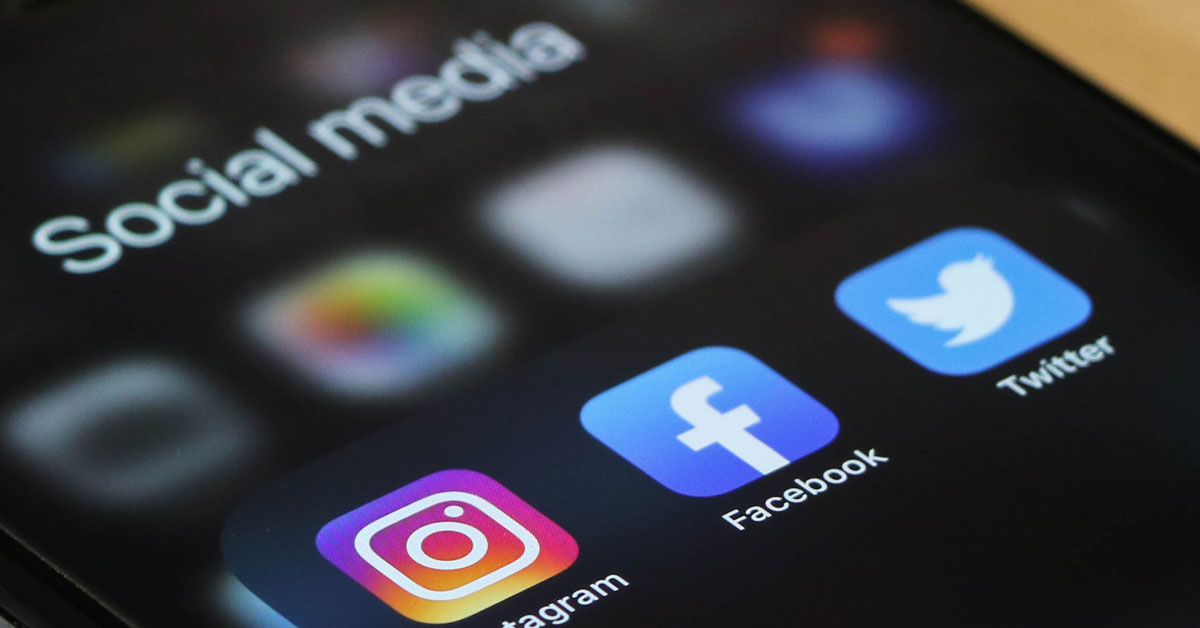Last weekend I (well, my boyfriend) had a rough customer service exchange.
I won’t get too much into details, but it involved us standing outside a Zipcar in the Crate & Barrel pick-up zone waiting 30 minutes to even be acknowledged by staff. This turned into an encounter with manager who refused to apologize for staff oversight. While the boyfriend steamed on the drive home, I turned to my trusty problem solver: the internet.
In 3 tweets and under 600 characters (598 by my count), I had put one of my favorite stores on blast and hash-tagged some of the more alarming elements (#BadCustomerService & #Shameless) because after three hours across service center phone calls and being disregarded in the cold, I was annoyed. Even an in-person explanation of the situation to a store manager (the location is closing/closed so don’t worry, she’s no longer downtown) had gotten us nowhere.
While successive phone calls and in-store conversations were a colossal waste of time, an hour on Twitter resulted in a full explanation to the social media team. The team left with a promise that the regional manager would reach out, and they did, within 24 hours. As I type, everything’s been resolved, and we’ve cooled down, but it’s going to be a long while before I even window-shop at Crate & Barrel again, and I’m not sorry about that.
This entire exchange has been confirmation in what I already knew: if brands aren’t getting into the sphere of social media with a resolution team, they’re going to be left flailing behind as their in-person development and customer service skills decline.
The reason? At the end of the day, the customer is king, and it’s a brand’s responsibility to, well, be on-brand. An easy example is Wendy’s Twitter account. No one really takes fast food that seriously as long as it’s not a health violation, and Wendy’s knows that. Fast food (or quick-serve if you’re fancy) is not formal by any means; you go there because you’re in a hurry, feeling lazy, or experiencing/recuperating from a night out.
Wendy’s social media manager knew this, and took advantage to re-define Wendy’s brand to a twitterate audience. Had they responded formally to customer tweets, it would have been strange, and their responses wouldn’t have trended.
As a formal call-center employee, I can say with certainty that the days of people calling in first are fast fading. On-phone customer service is notoriously deteriorating across the board, and approachable-luxe brands (like Crate & Barrel) struggle to maintain the branding their adverts promote when encountering in-store staff.
New Age of Social Media and Customer Service
Social media takes many of the disadvantages of traditional customer service (face-to-face immediate responses, long wait times, physically calling or going to a business location) away and provides a better experience. Groove HQ lists a few essential habits that social media customer service should follow, and a key element is response time , one of the more consistent complaints I found while working at a call center (even when I saw there was a less than 30-second wait in the queue). On social media, most customers expect a response within 30-60 minutes, while they’re free to do something else. If you call a center to resolve an issue, you’re tied to that phone’s queue while listening to insufferable muzak.
The article also states that knowing how to “Take Things Offline When Necessary… The Right Way” is essential. That’s a fantastic point, and there’s two elements of this that I find relevant:
- Customers don’t like feeling like the spud in a game of hot potato. Written records across social platforms mean that everything must be transparent or else the service teams are in hot water- no more pass-offs or “not my job” responses. It also ensures that if a specific department or team needs to handle an issue, the contact information is accurate.
- Knowing when to take things offline is just as important from a privacy standpoint:
- For example: I have a relationship with Alaska Airlines because they responded to my original Twitter handle’s tweets (may they rest in peace) and for that minute, I feel important and heard, a bit like a celebrity. Resolution or acknowledgement in a public space can be fantastic for a brand’s image.
- On the flip side, there’s a judgement issue at stake. Some issues are sensitive for customer or brand and don’t require onlookers. My issue with Crate & Barrel, for example had their team asking for a contact number…on a public Twitter, rather than sending me a direct message (I’ve since deleted, so don’t try to call me). I didn’t like that one bit – after all, I don’t know who’s reading sensitive information on a public feed.
The short of a long story: for brands big and small, a social media presence for customer service is absolutely required. Granted, I thought an understanding of customer service was mandatory across all customer-facing roles, but I’ve clearly been proven wrong in that regard.
What about you? Do you think social media customer service has a leg up on traditions service teams? Let me know in the comments or #SocialMedia!
